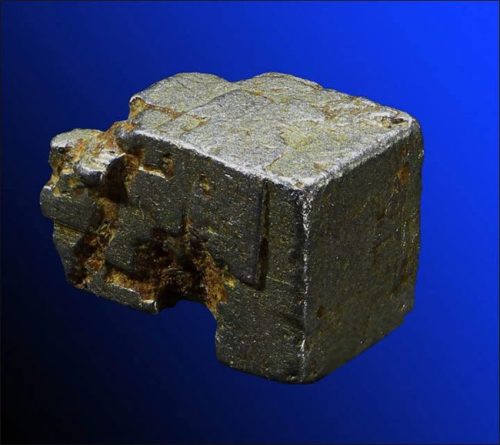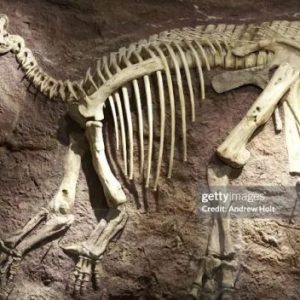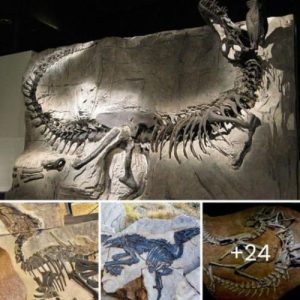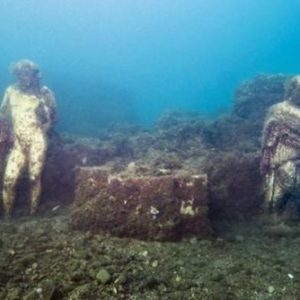In the heart of the Rocky Mountains, a geological treasure trove lies hidden beneath the rugged terrain. This billion-year-old gold mine, aptly named “Treasure Mountain,” has intrigued geologists and treasure hunters alike for generations. The secrets and riches it holds have been the stuff of legend and lore. In this article, we will embark on a journey to explore the history, geology, and allure of Treasure Mountain, uncovering the mysteries that make it a unique and captivating natural wonder.
A Geological Marvel
Treasure Mountain, situated in the heart of the Rocky Mountains, is a geological wonder that has fascinated scientists and explorers for centuries. It is renowned for its complex geological history and the vast riches it conceals. The mountain itself is part of a region that dates back more than one billion years, making it a true testament to the Earth’s ancient history.

The Gold Rush
The history of Treasure Mountain is closely tied to the great American Gold Rush of the 19th century. The discovery of gold in California in 1848 set off a frenzy that led fortune seekers to venture across the continent in search of their own riches. Treasure Mountain, with its reputation for harboring gold deposits, became a prime destination for prospectors.
Many prospectors staked their claims, hoping to strike it rich, and while some found gold, the majority were left disappointed. The mountain was not an easy treasure chest to unlock, as the gold was often deeply embedded in the rock, making extraction a challenging and costly endeavor.
Geological Origins
The geological origins of Treasure Mountain are a key component of its intrigue. The mountain is primarily composed of metamorphic rocks, including gneiss and schist, which have been significantly altered over the eons. These rocks bear witness to the immense tectonic forces and geologic events that shaped the region over a billion years.
One of the notable features of Treasure Mountain is its complex faulting, folding, and shearing, which has played a crucial role in concentrating gold deposits. Gold veins were formed when hydrothermal fluids, laden with precious minerals, flowed through the fractures and fissures in the rock. As these fluids cooled and solidified, they left behind deposits of gold and other valuable metals.

The Lure of Hidden Riches
The allure of Treasure Mountain lies in the tantalizing prospect of discovering hidden riches. The gold deposits within this ancient mountain are not only challenging to extract but also scattered and elusive. This mystique has fueled numerous legends and tales of lost gold mines and untold wealth buried deep within the mountain.
One of the most famous legends surrounding Treasure Mountain is that of the “Dutchman’s Lost Mine.” According to the legend, a Dutchman named Thomas Rhoades stumbled upon an incredibly rich gold deposit in the area in the 19th century. However, he was never able to relocate the site, and the mine became the stuff of legend, drawing treasure hunters from far and wide.
Preservation Efforts
In recent years, Treasure Mountain has gained recognition not only for its mineral wealth but also for its ecological significance. The region surrounding the mountain is home to diverse flora and fauna, making it a vital component of the local ecosystem. Efforts have been made to strike a balance between preserving this natural wonder and exploring its mineral potential.
Modern Exploration
With advancements in geology and mining technology, modern explorers are revisiting Treasure Mountain. Geological surveys and prospecting efforts are being carried out with a greater understanding of the mountain’s geology, increasing the odds of discovering new gold deposits. These efforts are more sustainable and environmentally conscious, aiming to minimize the impact on the surrounding environment.
Treasure Mountain stands as a testament to the geological history of the Earth and the dreams of those who have sought riches within its rocky embrace. As we continue to explore the mysteries of this billion-year-old gold mine, it is essential to balance our pursuit of treasure with the preservation of the natural environment that surrounds it. The legend of Treasure Mountain persists, and while the quest for hidden riches continues, it is the mountain itself, with its geological marvels and ecological importance, that truly deserves our admiration and protection.






